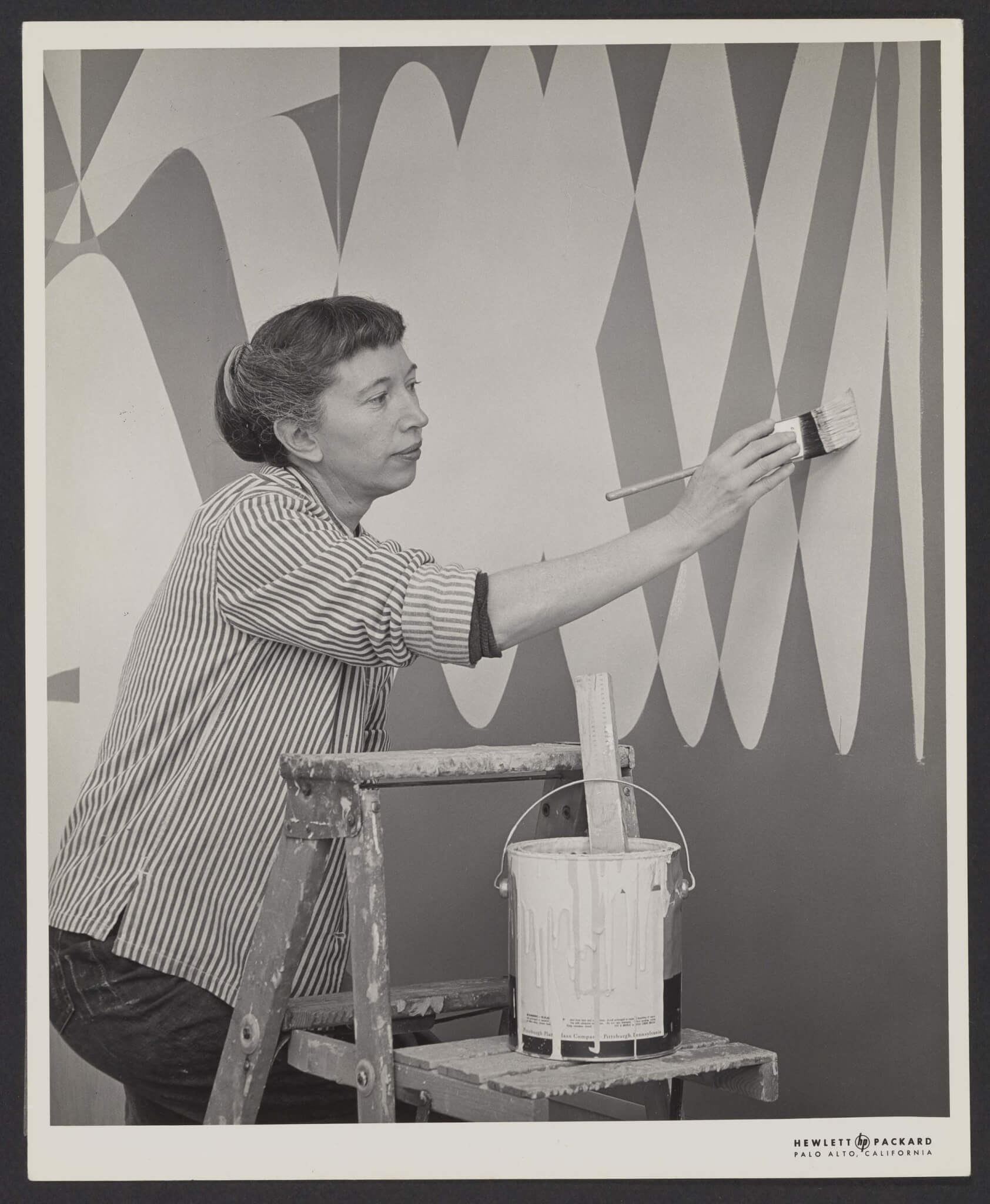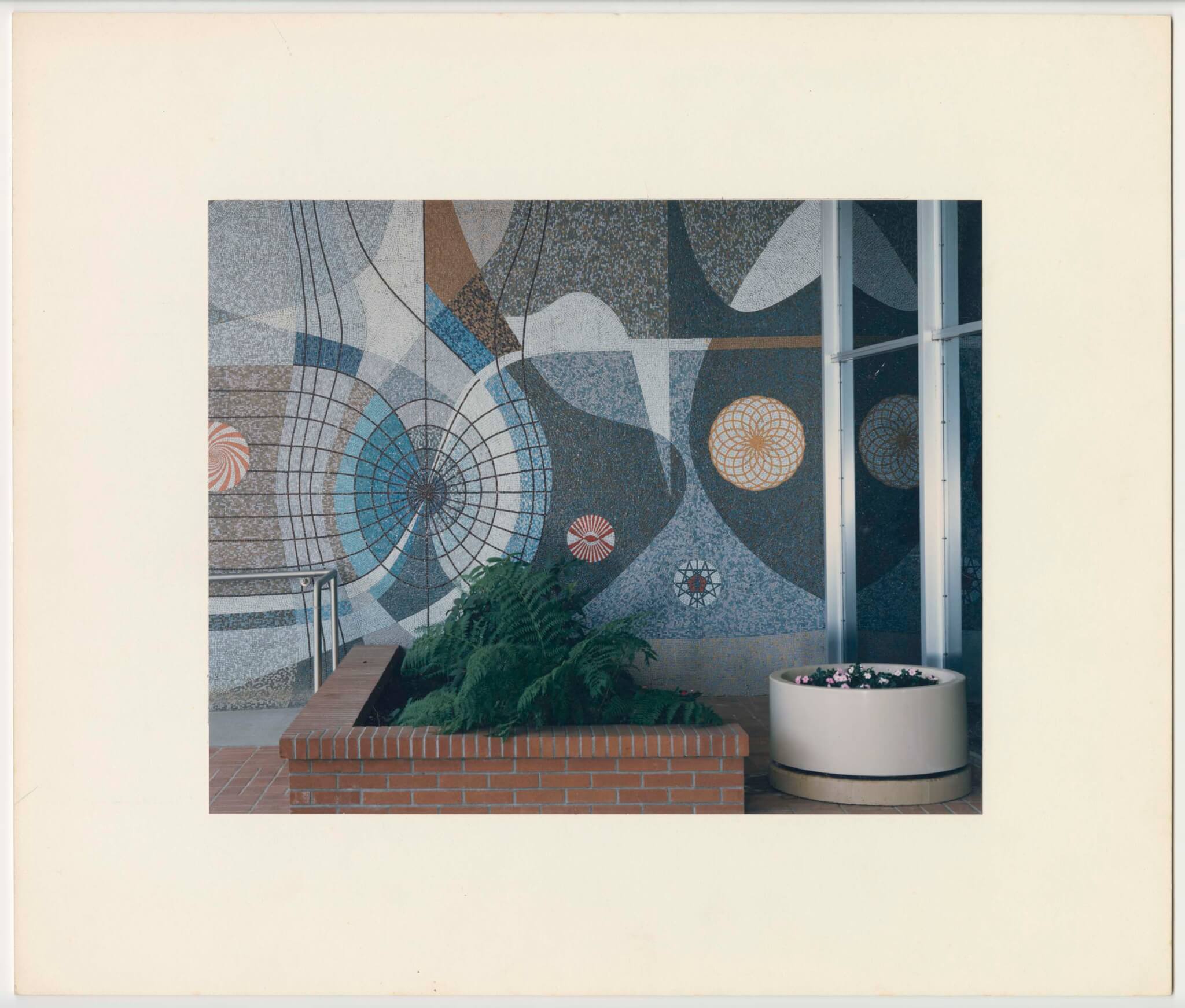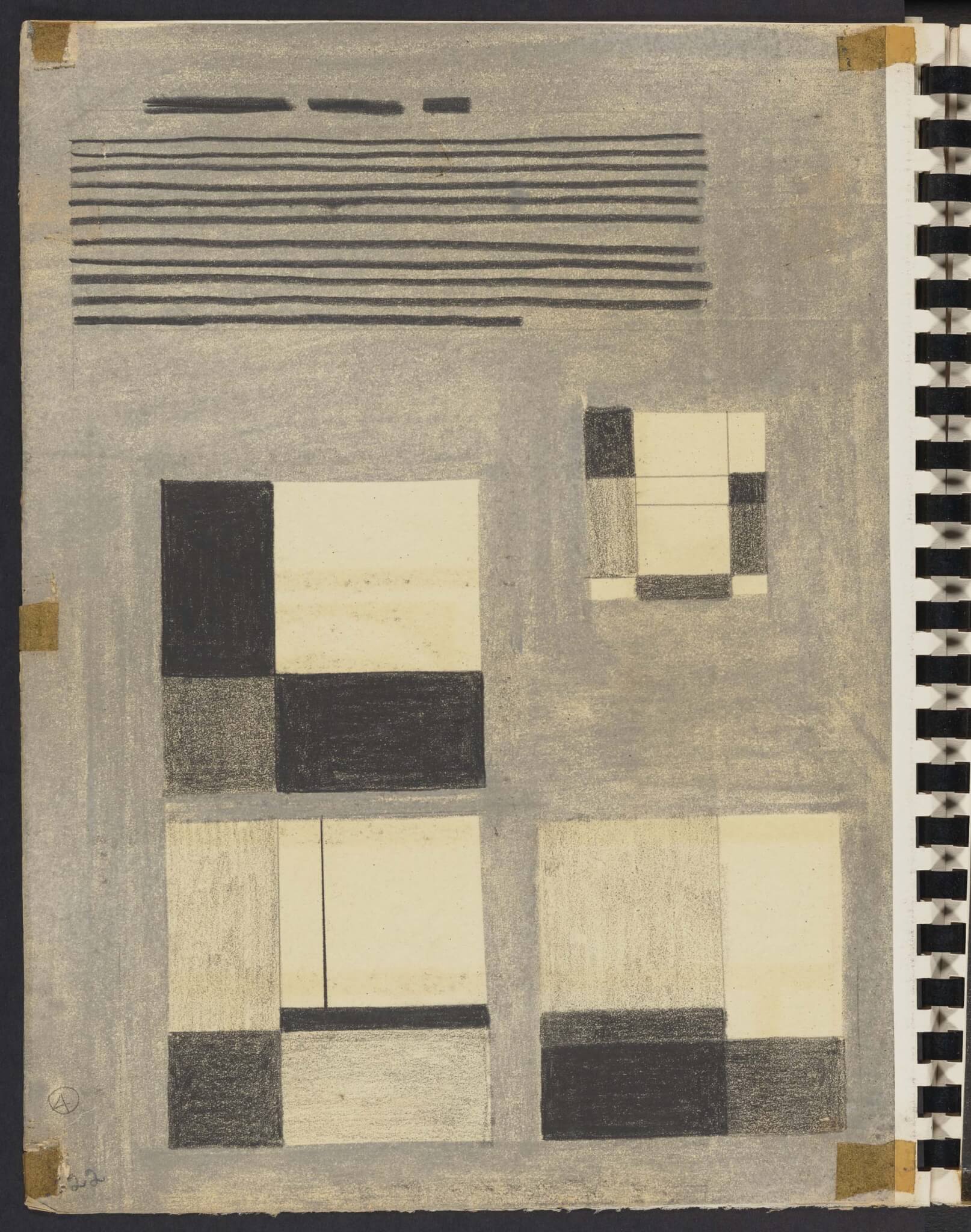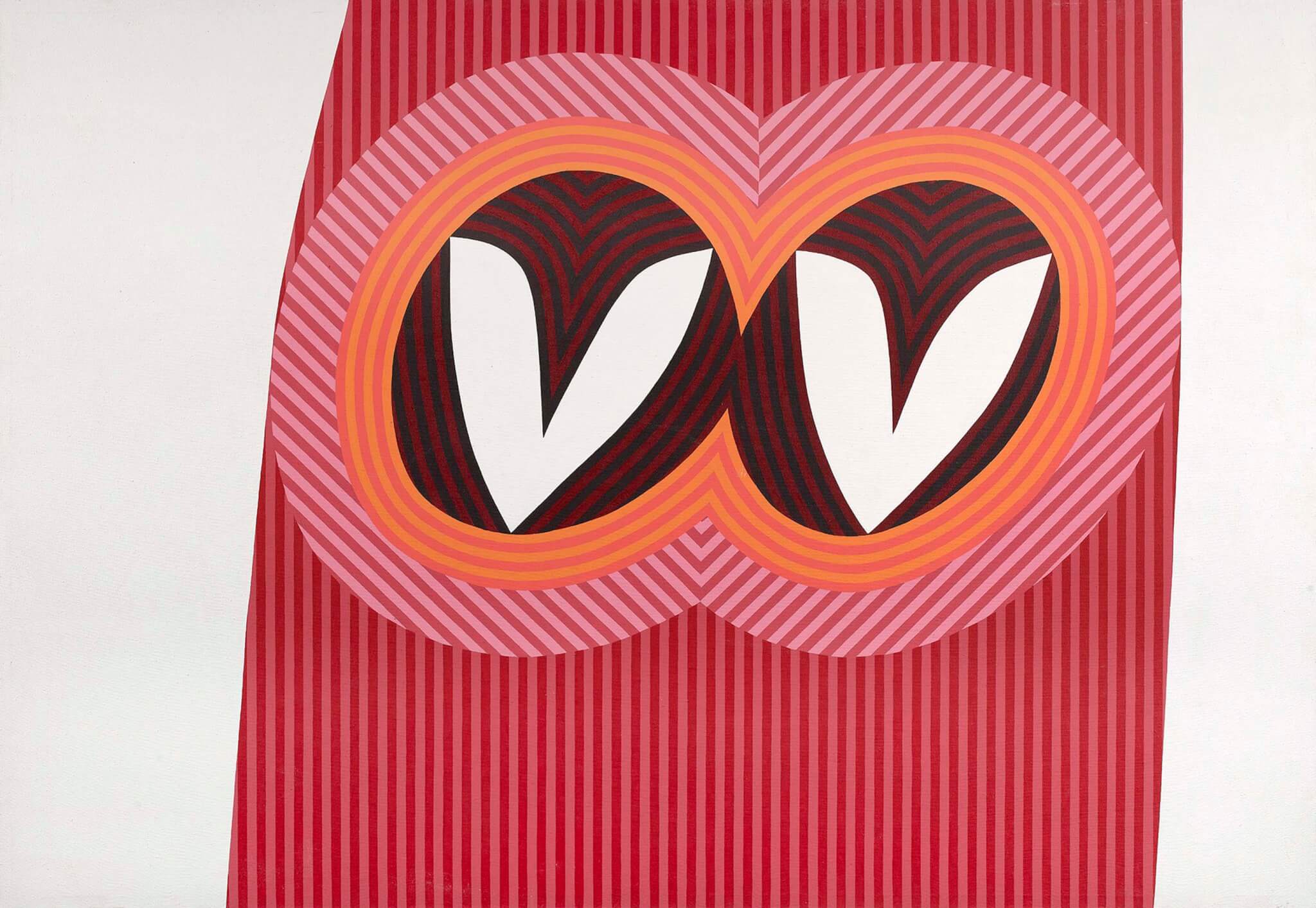Hauser & Wirth Institute has digitized an archive of American artist and muralist Mary Dill Henry for IIT
Drawings, photographs, written correspondence, published articles, and graphic design work from the treasure trove archive of American artist Mary Dill Henry has been digitized and become a permanent fixture of the Paul V. Galvin Library’s University Archives and Special Collections at Illinois Institute of Technology (IIT), where Henry studied in the 1940s under Bauhaus teacher László Moholy-Nagy. Henry’s family compiled the materials of the collection, while Hauser & Wirth Institute, the research and archive arm of the international art gallery, carried out the digital labor to make Henry’s collection accessible.
Henry, born in Sonoma, California, in 1913, is known for her murals completed for California businesses and her bold artworks presented in various mediums and as prints. Following her studies at the California College of the Arts and San Francisco School of Fine Arts, Henry worked for Hewlett-Packard on engineering drawings. Henry returned to the technology company’s Palo Alto headquarters in 1958 to complete more creative commissions, including a painted mural for the office’s interior and a mosaic tile mural at the headquarter’s exterior entrance. Throughout the 1950s she also created murals for businesses in the Bay Area.

These works were informed by Henry’s arts education. In the mid-1940s Henry studied at “The New Bauhaus” in Chicago, which later became the Chicago School of Design and then the Institute of Design before being absorbed into IIT in 1949. Henry honed her design skills under the direction of Hungarian artist and Bauhaus great László Moholy-Nagy. Henry’s family recalled the time Henry spent studying with Moholy-Nagy as formative and memorable. The Bauhaus mode of designing with minimal decoration was pervasive throughout her career as an artist.
Henry’s largely unrecognized—yet prolific—career as an artist came at a time when women were taking on roles outside of the house and adopting balance between family and work. She departed school in Chicago, forgoing a teaching position there, to follow her husband and his career, but returned to artistic efforts later on.

Henry’s personal art style, motivated by constructivism, also falls under the Op Art movement (short for “optical art”), which prizes dizzying arrangements of patterns and shapes. After a tour of Europe and “liberated by her divorce,” according to press materials, Henry’s first solo gallery exhibition was at Arleigh Gallery in San Francisco in 1968. From there, she continued to make art from her home on Whidbey Island, Washington, until her death in 2009.
“I think the Henry Archive exemplifies how our understanding of capital ‘H’ history can be expanded through small or overlooked archives that document atypical career trajectories,” Lisa Darms, executive director of Hauser & Wirth Institute told AN. “Henry’s artistic practice was sidelined after she left Moholy-Nagy and the Institute, and she needed to find ways to balance her commercial design work with the pressures of domestic obligations. The assumption that women’s primary work was to support family meant that career paths like Henry’s were, in fact, only too typical.”
In digitizing Henry’s archive, Hauser & Wirth has made it available to researchers at IIT and users around the world. For smaller organizations like the IIT University Archive, digital archiving can be lengthy and expensive; in partnering with Hauser & Wirth, this process was expedited. As for the collection of art pieces by Henry, her mosaic mural commissions remain on the streets and buildings of California and her smaller yet equally impressive paintings are represented by the Berry Campbell Gallery in New York.

“Hauser & Wirth Institute’s work to process and digitize the Mary Dill Henry Papers is critical to our ability to make the collection discoverable and accessible to researchers in our reading room and across the globe,” said Adam Strohm, director of University Archives and Special Collections at the Paul V. Galvin Library, at IIT in a statement. “This process can sometimes take months or even years, but in the case of the Mary Henry papers, we will be able to integrate the collection into our databases and make it accessible and discoverable in a matter of days.”

IIT’s University Archives and Special Collections at the Paul V. Galvin Library includes over 1,000 collections in addition to historical accounts of the school itself and the New Bauhaus movement which, for a time, operated from the basement of Mies van der Rohe’s Crown Hall. Among the materials is Henry’s archive, which will now see the light of day thanks to this act of digital accessibility.



